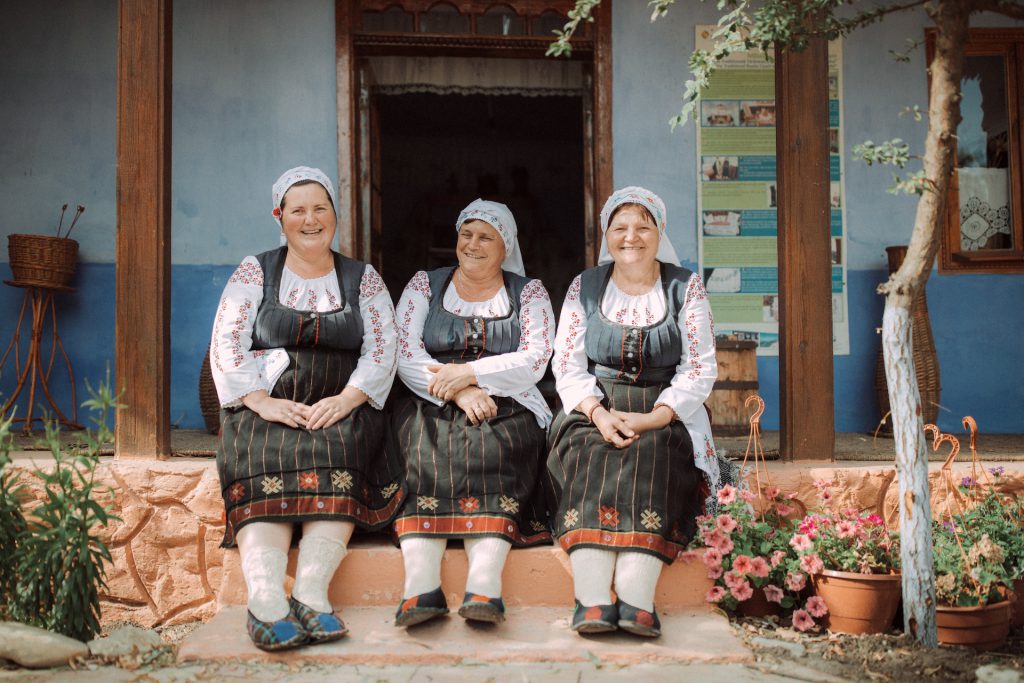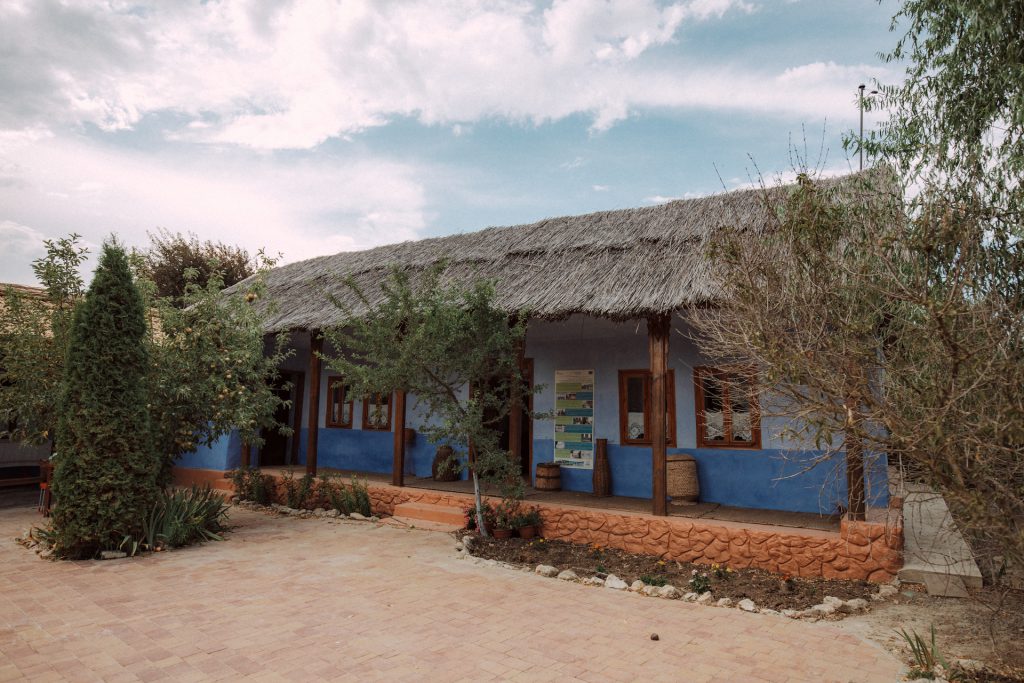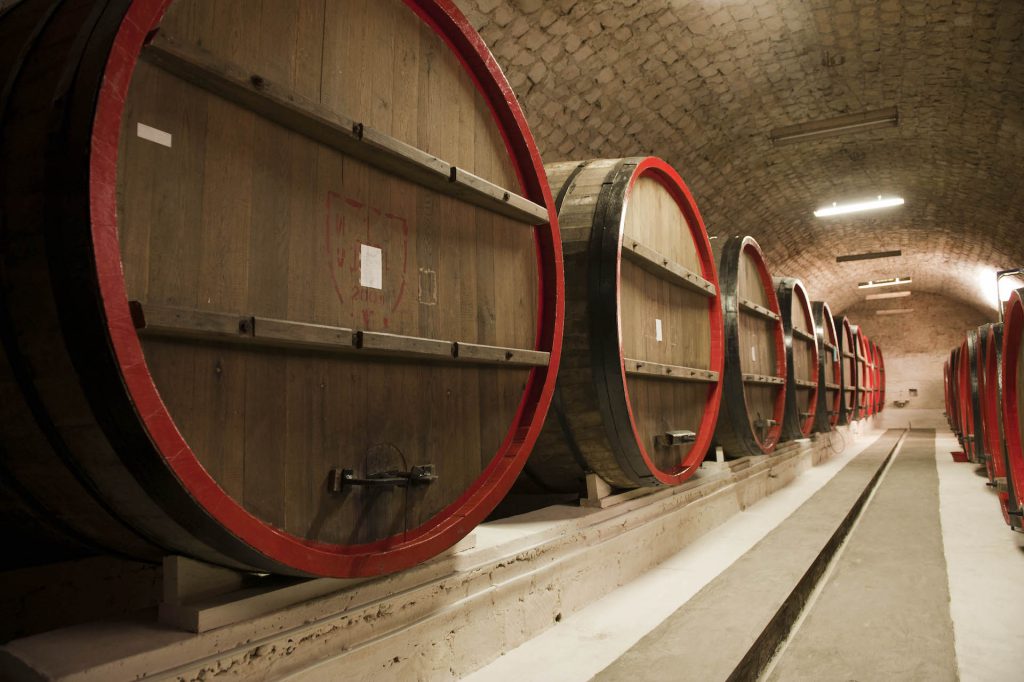During a weekend, you will have the opportunity to discover Moldova from a totally different perspective. You will visit destinations you never heard about or maybe you want to visit for long, but you still don’t find time for it. A trip to the South of Moldova will impress you due to special and memorable destinations. Besides the wineries included in this route, you will have the opportunity to explore the culture and the traditions of Moldova, collecting unforgettable moments that will make you want to return on this route as soon as possible.
Tourist attractions of the route
Comrat Wines
Gagauz National Museum of History and Ethnography
Living Carpet Museum
Gagauz Sofrasi
History Museum of the village of Slobozia Mare
Kara Gani Winery
Vinăria din Vale Winery
Lake Beleu
Eco Village Vаleni
Recommendations
For this route, we recommend that you arrange in advance for transportation for the entire trip. Do not forget about: cash, warm clothes and comfortable shoes. Bring your camera, as you can capture magic sunsets along the route.





